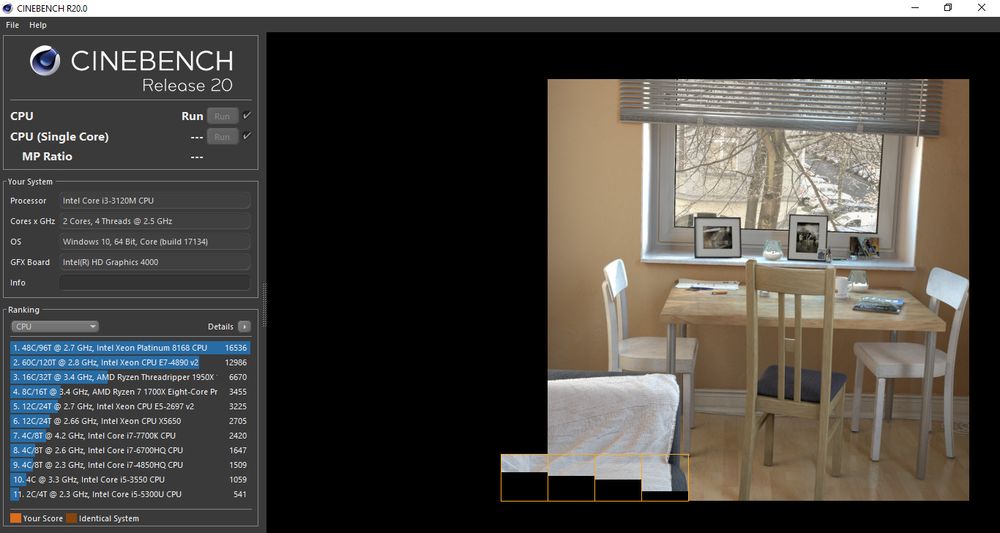

It looks like AMD has really narrowed the gap in terms of IPC performance, and in Cinebench R15, the Ryzen 9 3900X was just under 3 percent behind the Core i9-9900K.

The Intel chip still managed to hold its own in the single-threaded benchmarks in both Cinebench R15 and R20 though, even though R20 still favored the Ryzen 9 3900X overall. It was a good 39 percent faster than the Core i9-9900K in Cinebench R15's multi-threaded benchmark, and a solid 44 percent quicker in R20. Unsurprisingly, the 12-core Ryzen 9 3900X raced ahead to a large lead. The newer Cinebench R20 is even more demanding, featuring increased workload complexity, higher memory use, and the latest rendering engine from Cinema 4D R20. Under the hood, the R20 engine also supports AVX, AVX2, and AVX512 instruction sets and the benchmark now supports up to 256 render threads. We ran both single-core and multi-core benchmarks to evaluate single-threaded performance and multi-threaded scalability here. The Intel Core i9-9900K still had a slight lead in these workloads, so it seems like the tasks here still prefer higher boost clocks.Ĭinebench R15 is a better indicator of multi-threaded performance because of its ability to utilize up to 256 threads to evaluate a processor’s performance in a photorealistic 3D rendering. Select viewsets have also been updated with new models and fresh application traces. The new SPECviewperf 13.0 incorporates new models and raycasting for volume visualization.

SPECviewperf actually runs a total of eight different viewsets, but we’ve picked the four which have the greatest performance variation across CPUs display here. Each individual workload, called a viewset, represents graphics and content from an actual real-world application.
#I9 9900k cinebench r20 professional
SPECviewperf is used to assess the 3D graphics performance of systems in professional applications. That said, the Ryzen 9 chip's lead seemed to come mostly from the Digital Content Creation workload, where it beat out both octa-core chips. The higher 5.0GHz turbo boost clock of the Core i9-9900K also didn't seem to help it against the Ryzen 7 3700X, and both turned out really similar overall scores. It looks like the extra cores on the 12-core Ryzen 9 3900X helped it out slightly here, it was still a mere 2 percent ahead of the 8-core CPUs. In addition, existing workloads have been updated to reflect modern usage. Compared to PCMark 8, it also adds in new test metrics, such as app startup times, which quantifies how long it takes to launch a variety of real-world apps, and a rendering and visualization workload to simulate professional graphics and engineering applications. PCMark 10 Extended assesses the performance of systems in a variety of workloads, including basic computing tasks, productivity applications, digital content creation, and gaming.


 0 kommentar(er)
0 kommentar(er)
